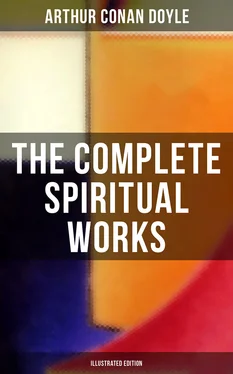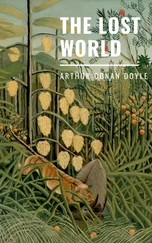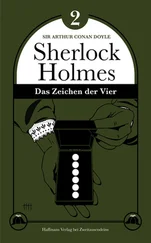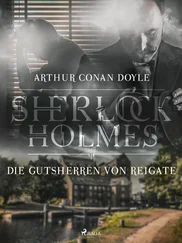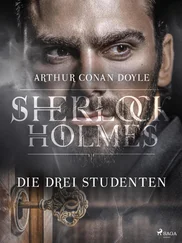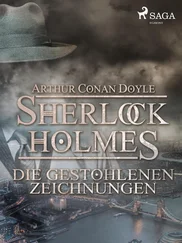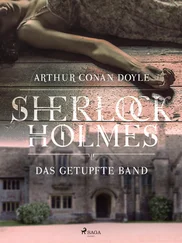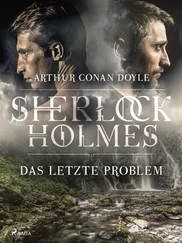“Into part of the criticism advanced by Major Hall-Edwards it will be kinder, perhaps, not to enter. Seriously to suggest that a visit to a cinema show and the use of an apt illustration implies ‘a very considerable knowledge of photography’ is on a par with the supposition that to be employed as an errand girl and help in a shop indicates a high degree of skill in that profession! We are not quite so credulous as that, nor were we able to believe that two children, alone and unaided, could produce in half an hour a faked photograph of the type of ‘Alice and the Fairies.’”
In addition to this criticism by Major Hall-Edwards there came an attack in John o’ London from the distinguished writer Mr. Maurice Hewlett, who raises some objections which were answered in Mr. Gardner’s subsequent reply. Mr. Hewlett’s contention was as follows:
“The stage which Sir A. Conan Doyle has reached at present is one of belief in the genuineness of what one may call the Carpenter photographs, which showed the other day to the readers of the Strand Magazine two ordinary girls in familiar intercourse with winged beings, as near as can judge, about eighteen inches high. If he believes in the photographs two inferences can be made, so to speak, to stand up: one, that he must believe also in the existence of the beings; two, that a mechanical operation, where human agency has done nothing but prepare a plate, focus an object, press a button, and print a picture, has rendered visible something which is not otherwise visible to the common naked eye. That is really all Sir Arthur has to tell us. He believes the photographs to be genuine. The rest follows. But why does he believe it? Because the young ladies tell him that they are genuine. Alas!
“Sir Arthur cannot, he tells us, go into Yorkshire himself to cross-examine the young ladies, even if he wishes to cross-examine them, which does not appear. However, he sends in his place a friend, Mr. E. L. Gardner, also of hospitable mind, with settled opinions upon theosophy and kindred subjects, but deficient, it would seem, in logical faculty. Mr. Gardner has himself photographed in the place where the young ladies photographed each other, or thereabouts. No winged beings circled about him, and one wonders why Mr. Gardner (a) was photographed, (b) reproduced the photograph in the Strand Magazine.
“The only answer I can find is suggested to me by the appearance of the Virgin and Child to certain shepherds in a peach-orchard at Verona. The shepherds told their parish priest that the Virgin Mary had indeed appeared to them on a moonlit night, had accepted a bowl of milk from them, had then picked a peach from one of the trees and eaten it. The priest visited the spot in their company, and in due course picked up a peach-stone. That settled it. Obviously the Madonna had been really there, for here was the peach-stone to prove it.
“I am driven to the conclusion that Mr. Gardner had himself photographed on a particular spot in order to prove the genuineness of former photographs taken there. The argument would run: The photographs were taken on a certain spot; but I have been myself photographed on that spot; therefore the photographs were genuine. There is a fallacy lurking, but it is a hospitable fallacy; and luckily it doesn’t very much matter.
“The line to take about a question of the sort is undoubtedly that of least resistance. Which is the harder of belief, the faking of a photograph or the objective existence of winged beings eighteen inches high? Undoubtedly, to a plain man, the latter; but assume the former. If such beings exist, if they are occasionally visible, and if a camera is capable of revealing to all the world what is hidden from most people in it, we are not yet able to say that the Carpenter photographs are photographs of such beings. For we, observe, have not seen such beings. True: but we have all seen photographs of beings in rapid motion-horses racing, greyhounds coursing a hare, men running over a field, and so on. We have seen pictures of these things, and we have seen photographs of them; and the odd thing is that never, never by any chance does the photograph of a running object in the least resemble a picture of it.
“The horse, dog, or main, in fact, in the photograph does not look to be in motion at all. And rightly so, because in the instant of being photographed it was not in motion. So infinitely rapid is the action of light on the plate that it is possible to isolate a fraction of time in a rapid flight and to record it. Directly you combine a series of photographs in sequence, and set them moving, you have a semblance of motion exactly like that which you have in a picture.
“Now, the beings circling round a girl’s head and shoulders in the Carpenter photograph are in picture flight, and not in photographic flight. That is certain. They are in the approved pictorial, or plastic, convention of dancing. They are not well rendered by any means. They are stiff compared with, let us say, the whirling gnomes on the outside wrapper of Punch. They have very little of the wild, irresponsible vagary of a butterfly. But they are an attempt to render an aerial dance — pretty enough in a small way. The photographs are too small to enable me to decide whether they are painted on cardboard or modelled in the round; but the figures are not moving.
“One other point, which may be called a small one — but in a matter of the sort no point is a small one. I regard it as a certainty, as the other plainly is. If the dancing figures had been dancing beings, really there, the child in the photograph would have been looking at them, not at the camera. I know children.
“And knowing children, and knowing that Sir Arthur Conan Doyle has legs, I decide that the Miss Carpenters have pulled one of them. Meantime I suggest to him that epochs are born, not made.”
To which Mr. Gardner replied in the following issue:
“I could have wished that Mr. Maurice Hewlett’s somewhat playful criticism of the genuineness of the photographs of fairies appearing in the Strand Magazine Christmas number had been more clearly defined. The only serious point raised is the difference between photographic and pictorial representation of motion — Mr. Hewlett maintaining that the latter is in evidence in the photographs.
“With regard to the separate photographs of the sites, surely the reason for their inclusion is obvious. Photographic experts had stated that though the two negatives revealed no trace of any faking process (such as double exposure, painted figures on enlargements rephotographed, set-up models in card or other material), still it could not be held to be impossible to obtain the same class of result by very clever studio work. Also, certain points that needed elucidation were the haze above and at the side of the child’s head, and the blurred appearance of the waterfall as compared with the clarity of the figures, etc. An inspection of the spots and photographs of their surroundings was surely the only way to clear up some of these. As a matter of fact, the waterfall proved to be about twenty feet behind the child, and hence out of focus, and some large rocks at the same distance in the rear, at the side of the fall, were found to be the cause of the haziness. The separate photographs, of which only one is published of each place, confirm entirely the genuineness of the sites — not the genuineness of the fairies.
“In commenting on the photography of a moving object, Mr. Hewlett makes the astonishing statement that at the instant of being photographed it is not in motion (Mr. H.‘s italics). I wonder when it is, and what would happen if a camera was exposed then! Of course the moving object is in motion during exposure, no matter whether the time be a fiftieth or a millionth part of a second, though Mr. Hewlett is by no means the only one to fall into this error. And each of the fairy figures in the negative discloses signs of movement. This was one of the first points determined.
Читать дальше
